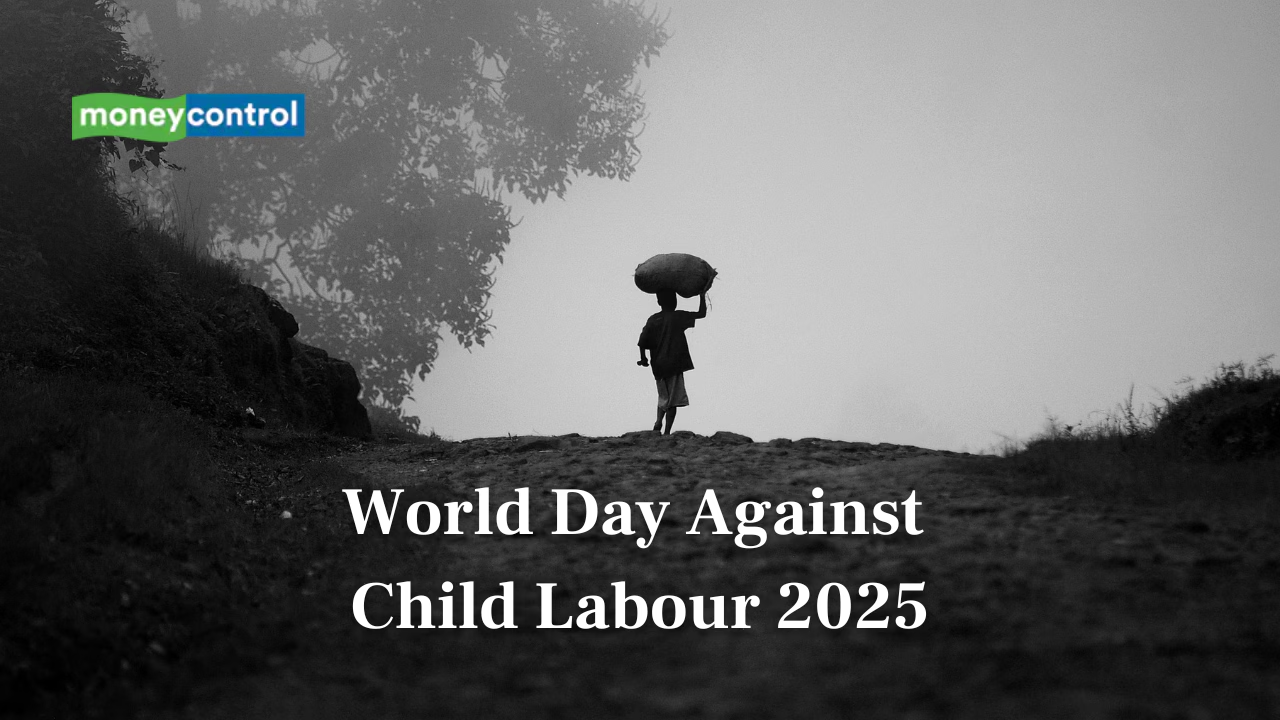
NGOCSTIP – World Day Against Child Labour 2025 highlights the urgent need to eradicate child labour across the world. This annual observance, held every June 12, calls on governments, organizations, and individuals to strengthen their commitment to ending exploitation. The International Labour Organization (ILO) and UNICEF estimate that 138 million children remain trapped in labour globally. Over 54 million of them face hazardous conditions that endanger their health and development. These numbers reveal that, despite progress, child labour continues to threaten millions of lives. The progress has been acknowledged. However, the problem persists.
The theme for 2025, “Progress is clear, but there’s more to do: let’s speed up efforts,” urges countries to act decisively. Policymakers must enforce existing laws, build stronger institutions, and create inclusive systems that protect vulnerable children. The responsibility to act belongs to every sector. Educational access, economic support, and social protection need to expand rapidly. The momentum for change has grown. But without coordination, efforts will fall short.
Child labour exists beyond textbooks or policy reports—it harms real children with dreams, families, and untapped potential. Children across the world work in agriculture, mining, construction, domestic labor, and informal markets. Employers demand long, unsafe hours from them and offer minimal or no pay in return. Families in impoverished communities often send children to work because they lack access to education and social services. Many societies tolerate and normalize this exploitation. Leaders, communities, and even the media frequently ignore the voices of these children.
Some children begin working as early as age five. They carry heavy loads, handle toxic chemicals, operate dangerous tools, and navigate hazardous machinery. Others endure emotional pain, social isolation, and—at times—abuse. Their bodies grow under stress and exhaustion. They lose their childhood before they understand their rights. In many areas, families choose this path because they struggle with unemployment, inflation, or displacement. Widespread economic instability compels them to depend on their children’s earnings. Deep inequalities, poor governance, and underfunded institutions continue to reinforce this destructive cycle. Global crises such as war and climate change make the problem even worse.
The United Nations’ Sustainable Development Goal 8.7 targets the complete eradication of child labour by 2025. This ambitious objective aligns closely with this year’s World Day campaign. The world has seen measurable improvements in some regions. Governments have launched education drives, NGOs have implemented rehabilitation programs, and community-based initiatives have taken root. Thousands of children have been rescued and reintegrated into school systems. Many have found new hope. But time is running short.
ILO and UNICEF urge all nations to double down on their strategies. That means not only investing in legal frameworks, but also in community networks and early intervention tools. Research has shown that when families receive financial assistance, child labour drops. When schools offer safe, quality education, attendance rises. When employers face real consequences, they change their behaviour. Change has been proven possible. But it must be scaled and sustained.
Headlines may highlight progress, but the situation remains severe across many regions. In sub-Saharan Africa, rising poverty and weak law enforcement have driven an increase in child labour. In parts of South Asia, millions of children still work in informal factories or under bonded labour conditions. These children carry more than numbers—they carry broken promises and postponed dreams. Governments, NGOs, and global citizens must confront this crisis with urgency. The international community must coordinate and act together.
People across all sectors must respond. Corporations must uphold ethical supply chains and pay fair wages to adult workers. Communities must empower youth through education and protection. Journalists, activists, educators, and faith leaders must amplify the voices of exploited children. Societies must replace slogans with structural reforms. Leaders must commit funding, enforce policies, and track progress. Everyone has a chance to make a real difference—now is the time to act.
“Read more: Puberty Comes Early: Alarming Rise in Childhood Hormonal Shifts”
In 2025, technology plays a growing role in the fight against child labour. Governments now use satellite imagery, mobile surveys, and AI tools to track violations and risky zones. Transparency platforms help consumers trace supply chains and avoid goods made with child labour. The tech industry has offered new allies in this decades-long fight. Digital education tools also make remote schooling more accessible, especially in conflict-affected and rural areas. Solutions have been developed and deployed. They now need political will and global support.
World Day Against Child Labour serves as more than a moment of reflection—it is a global call to collective action. The path to ending child labour is complex, but not impossible. When nations work together, progress accelerates. Children deserve not just protection from exploitation, but the chance to thrive, learn, and grow in dignity. This vision demands courage, investment, and unyielding global solidarity.